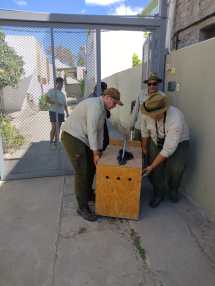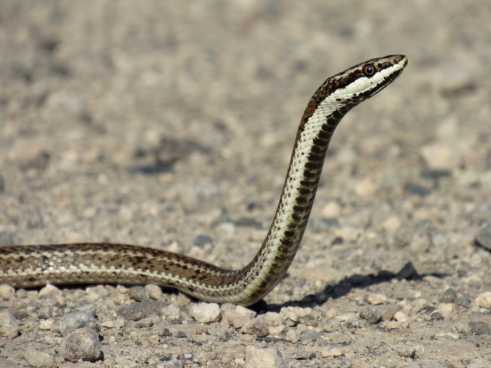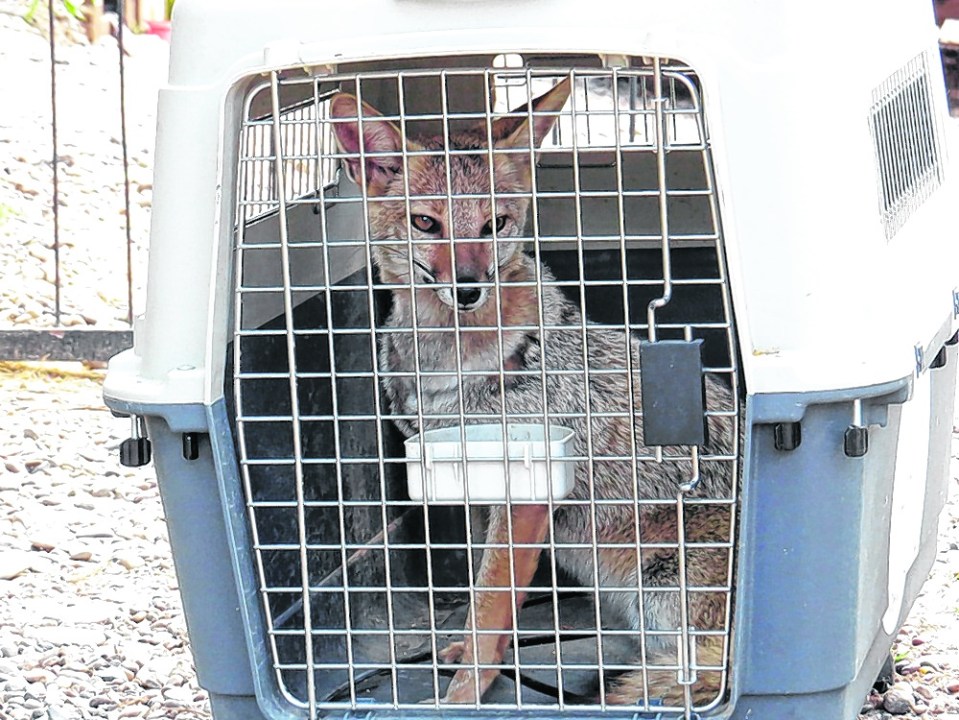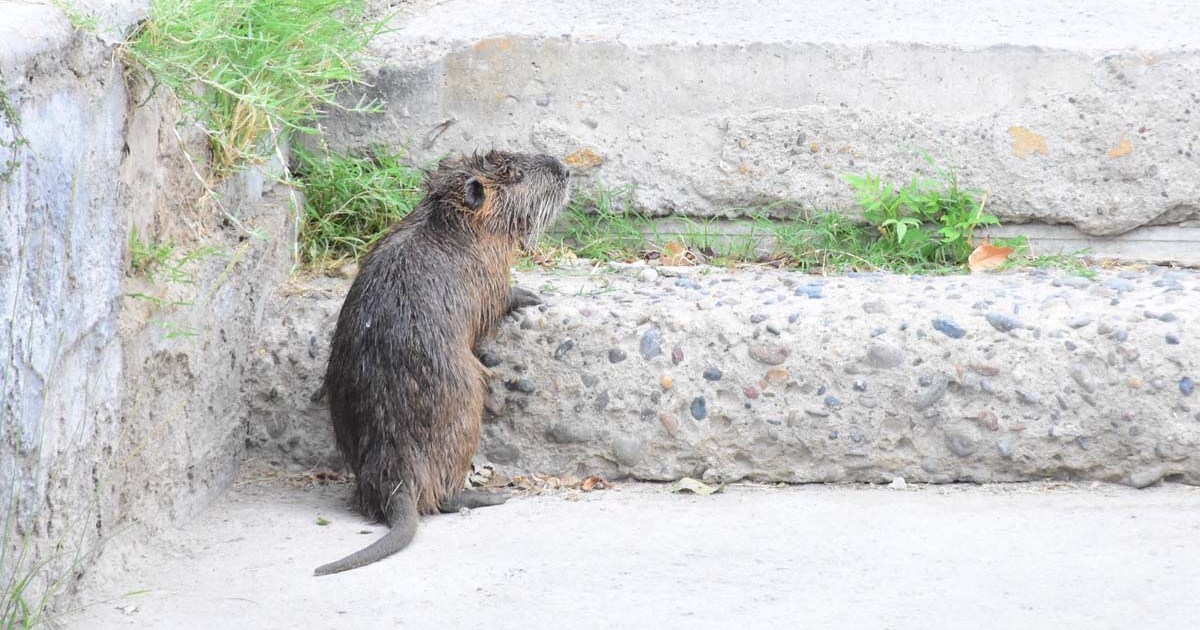“We have to learn to live with animals. We live surrounded by wildlife and that makes the environment healthy”, said Fabián Llanos, Undersecretary of Biodiversity and Climate Change of Río Negro.

The ranger indicated that for this reason, from time to time wild animals appear in the city or on the outskirts. Red lizards, gray foxes, jararás and even deer are some of the species that go out to explore urban areas.
Llanos stressed the importance of not capturing them, since they can carry zoonotic diseases, and these can be transmitted between animals and humans.
The official elaborated on the last cases that were registered in Roca as a nutria that arrived at the center on March 3.
“The nutria uses all the water bodies in our region and the little channel is one of the ones it uses,” he said.
He pointed out that these animals are nocturnal, although they can be seen a little during the day in the river area, at night they are most active, just like foxes and other Patagonian mammals.

“The nutria comes swimming and at some point it goes out to explore and you can find it anywhere. In fact almost every year When the water from the Canal Grande and the small canal is cut off, you always have to take some from the patio of a nearby house, because suddenly they run out of water and start exploring to find more,” he explained.
Also in February a little gray fox. “We believe that he entered through Avenida Roca street on the north side, where the fences are very close.because we had the first report on Gelonch street and Roca avenue, two days before it was seen in the middle of the center ”, he exposed.
The ranger commented that at night when the city sleeps everything is very quiet, especially on a weekday. “That stillness makes these animals sniff out food and encourage them to explore,” he said.
He explained that these The findings occur mostly in the peripheral neighborhoods, especially those close to the north wall.
Regarding the snakes, they do not usually appear in the center either, but in more remote areas, “they are more inhabitants of the valley and they are around the farms, the fences,” he said.
The secretary remarked that humans have been gaining more and more territory from these animals, “There are more neighborhoods on the outskirts of the city and that is why the encounter is more frequent.”
In addition, in the neighborhoods of Roca closest to the North fence should intervene for some Yarará Ñata which is one of the poisonous snakes in the area. The other is on the other side of the Negro River in Paso Córdoba and is the Yarará Chica.

In both cases, if the neighbor suffered a bite, he must urgently go to the hospital to apply the anti-venom serum and counteract the poison. “It is a matter of life or death, you have to go yes or yes,” he remarked.
Also in the north non-venomous rat snakes appear. “Having clean patios and not having piled up debris does not give rise to mice, which are the rodents that these animals chase, because they are their main food,” he explained.
In all cities a wild species usually appears from time to time. In the Alto Valle, for example, they are bobcats, the colorado lizard in the northern neighborhoods of Allen and in Choele Choel. We have a record of a red deer by Cervantes-Huergo ”, he commented.
As for the puma, one appeared years ago in the farm area, “in that case you have to go with a rifle with sleeping darts, shoot it, put it to sleep and move it to a place far from the city,” he explained.
to take into account
The Secretary of Biodiversity and Climate Change reported that there is a team from the Wildlife Department in Roca with field rangers who work throughout the province and are based in Roca.
Before the discovery of a wild animal, he pointed out that it is always convenient to alert the Fauna Directorate located at 1634 Maipú Street.
“They can alert us by calling our phone number 2920 612000 and through Civil Defense, firefighters and police, they all have our contacts,” he reported.
To comment on this note you must have your digital access.
Subscribe to add your opinion!
Subscribe
